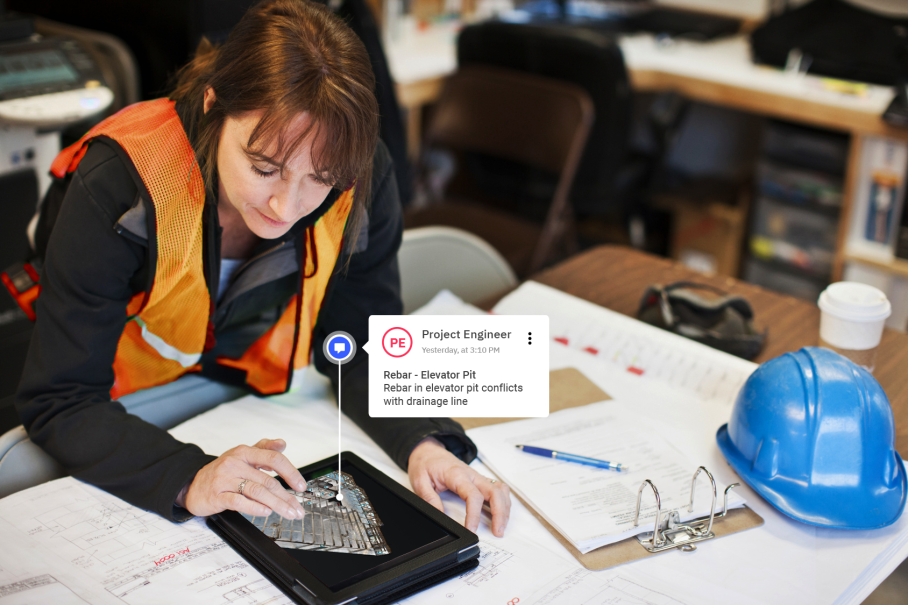How To Digitize QA/QC Workflows with Reality Capture & Digital Twins
Adding value to the AEC industries with Matterport technology
Quality assurance (QA) and quality control (QC) are critical components of the construction industry. Ensuring that all aspects of a project meet high standards is vital for the structure's integrity and the safety of those using it. With ever-increasing demands for efficiency, quality, and speed, digitizing in-person QA/QC workflows using reality capture has become essential for construction companies looking to stay competitive.
Navigant Construction Forum found 9% of a project's combined costs are due to rework. A significant portion of this rework (52%) is caused by poor project data and miscommunication, according to Autodesk. As a result, teams that are not well-connected or use outdated information end up wasting around 35% of their time on less effective activities, leading to a massive $280 billion in rework expenses per year.
When it comes to QA/QC processes, manual methods are time-consuming, require repeat site visits, and are prone to errors and miscommunication. Moving beyond hand-written notes and blurry photos into a digital QA/QC workflow will increase your team's productivity and help you catch issues early before they become costly and cause project delays.
With the vast number of construction and design software platforms, it is hard to know which ones are critical to your digital transformation. When it comes to QA/QC, adding reality capture to each QA/QC checkpoint will provide immediate benefits for better documentation and collaboration.

Using reality capture to create digital twins of construction projects at key stages where QA/QC workflows need to be performed helps give project teams a complete picture of the job site that they can access from any device with the simple click of a link. Remote inspections can be more effective by removing the everyday distractions of construction in progress and allowing inspectors to quickly get feedback to teams that need to validate or address any uncovered issues. Lastly, by reducing unnecessary site visits, you also lower your risk of safety issues and reduce your carbon footprint. According to Matterport’s ESG report, each digital twin avoids 0.15 tonnes of CO2e from being emitted, equivalent to 444 miles of driving.
What obstacles hinder the adoption of reality capture?
One of the biggest challenges faced in implementing reality capture for QA/QC processes is the perception that regular site scanning can be a burden. With multiple on-site activities, contractors may see this additional step as an obstacle rather than an asset. Historically, the entire process of reality capture has been a time-consuming endeavor, encompassing everything from scanning the site to processing the resulting files. These files can be several terabytes and require specific software and skills to interact with. Teams cannot afford to wait for the results as their main goal is to deliver projects on time and within budget.
To overcome this challenge, a quick and user-friendly workflow is crucial for the scanning team to gather the necessary data effectively, leave the site with minimal disruption, and promptly provide the output of the scans to the appropriate stakeholders in an accessible manner. By simplifying the scanning process and eliminating obstacles for QA/QC documentation, construction professionals can better appreciate the importance of reality capture and its capacity to improve project outcomes overall. Matterport Pro3 is an ideal scanner for documenting with 3D visual clarity, and Matterport Digital Twins make collaboration easy to raise and resolve issues faster than ever before.
When should you scan your job site as part of QA/QC?
There are many checkpoints throughout the building process when project managers perform QA/QC to ensure the quality of the work and validate that teams can move on to the next phase.
Download Matterport’s QA/QC Checklist as a starting point for your project management team to build a reality capture practice that increases productivity and adds a layer of visibility and collaboration in construction projects to help you resolve issues faster.

